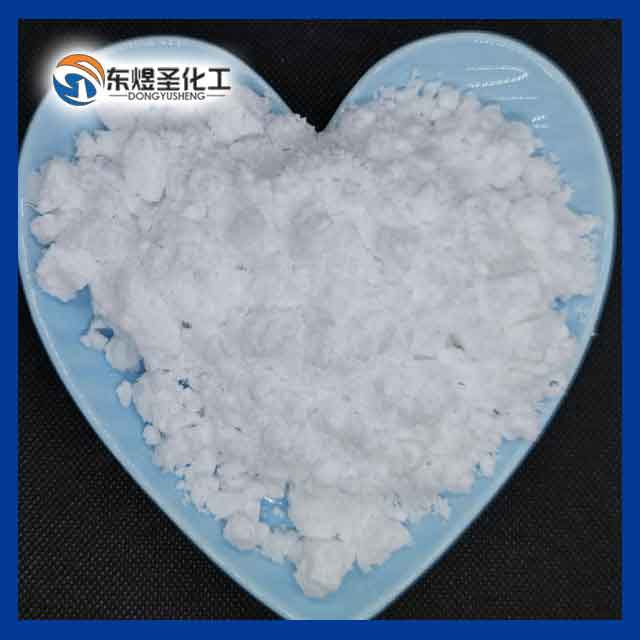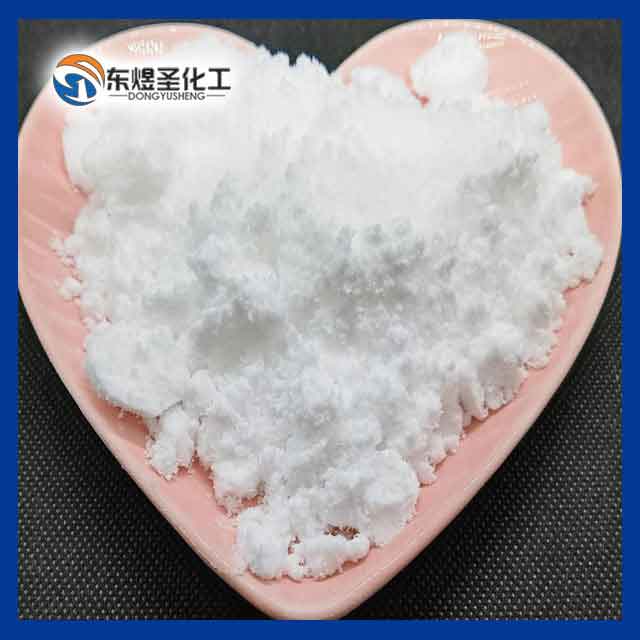The characteristics and functions of aluminum sulfate
The characteristics and functions of aluminum sulfate
Aluminum sulfate is an inorganic substance with a chemical formula of Al2(SO4)3 and a formula weight of 342.15. It is a white orthorhombic crystalline powder with a density of 1.181g/cm³ (25°C) [1]. In the paper industry, it is used as a precipitant for rosin gum, wax emulsion and other rubber materials, as a flocculant in water treatment, and as an internal retention agent for foam fire extinguishers, raw materials for the production of alum and aluminum white, petroleum decolorization, deodorant, and some Raw materials for medicines, etc. It can also produce artificial gems and high-grade ammonium alum.
About 50% of the total output of aluminum sulfate is used in papermaking, and the second largest use is used as a flocculant in drinking water, industrial water and industrial wastewater treatment, accounting for about 40% of the total output of aluminum sulfate. When aluminum sulfate is added to this type of water, it can produce colloidal aluminum hydroxide flakes that can adsorb and precipitate bacteria, colloids and other suspended solids, which can be used in drinking water treatment to control the color and taste of the water.





